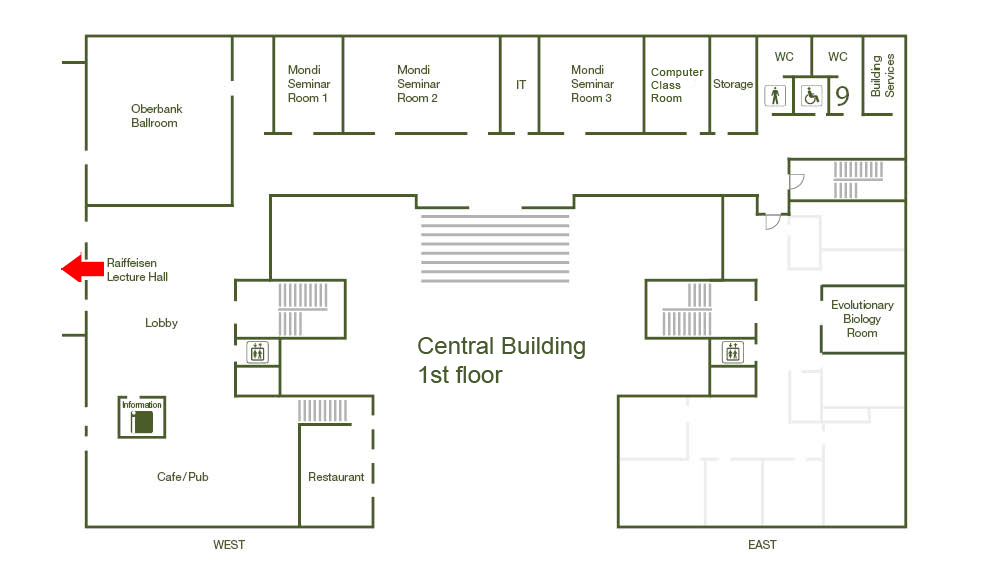The contribution of single neurons to computation in the cortical network
Date
Monday, March 28, 2011 15:45 - 17:00
Speaker
Matthew Larkum (University of Bern)
Location
Raiffeisen Lecture Hall, Central Building
Series
Colloquium
Tags
Institute Colloquium
Contact

The neocortex and its interaction with the thalamus lie at the heart of what makes mammals intelligent. The neocortex is particularly adept at making associations and predictions about the world. But how does the cortex achieve this? Although this is an enormous question, per se, it is highly probable that the answer depends at least in part on the architecture of the cortex itself both in terms of the individual elements and their connectivity. Surprisingly, treatment of the former (understanding the intrinsic properties of neurons) is still a largely open question and is rarely posed in relation to the latter (the functional connectivity of the cortex). Since the cortex is predominantly made up of pyramidal neurons, it would appear absolutely fundamental to understand synaptic integration in these neurons in the context of the network in which they are embedded. Computational theories of the cortex typical assume that the individual elements of the network, the neurons, are relatively simple in operation. They are normally represented as devices that sum the total inputs arriving in a given time and emit a binary output signal when the threshold number is reached. Here, I will show that the major cortical element, the pyramidal neuron, is far more complex. I will present a hypothesis that the complexity of these neurons is fundamental to the operation of the network. In practice, most of the complexity of the neuron, from the input/output perspective, lies in the active properties of the dendritic tree. This is particularly the case in cortical pyramidal neurons. The general hypothesis therefore is that the specific properties and morphology of pyramidal cell dendrites is inextricably linked to the architecture and function of the cortex.